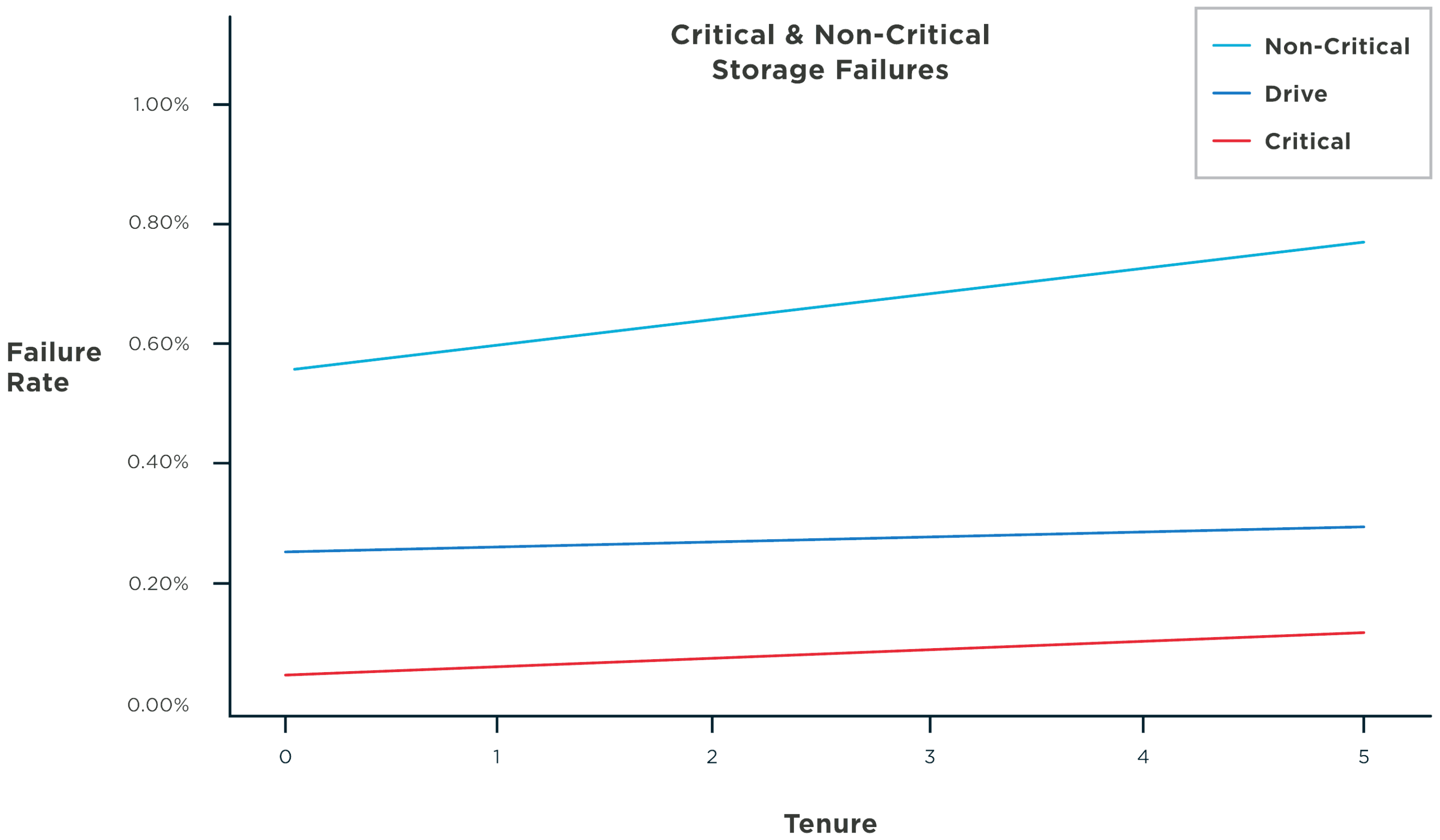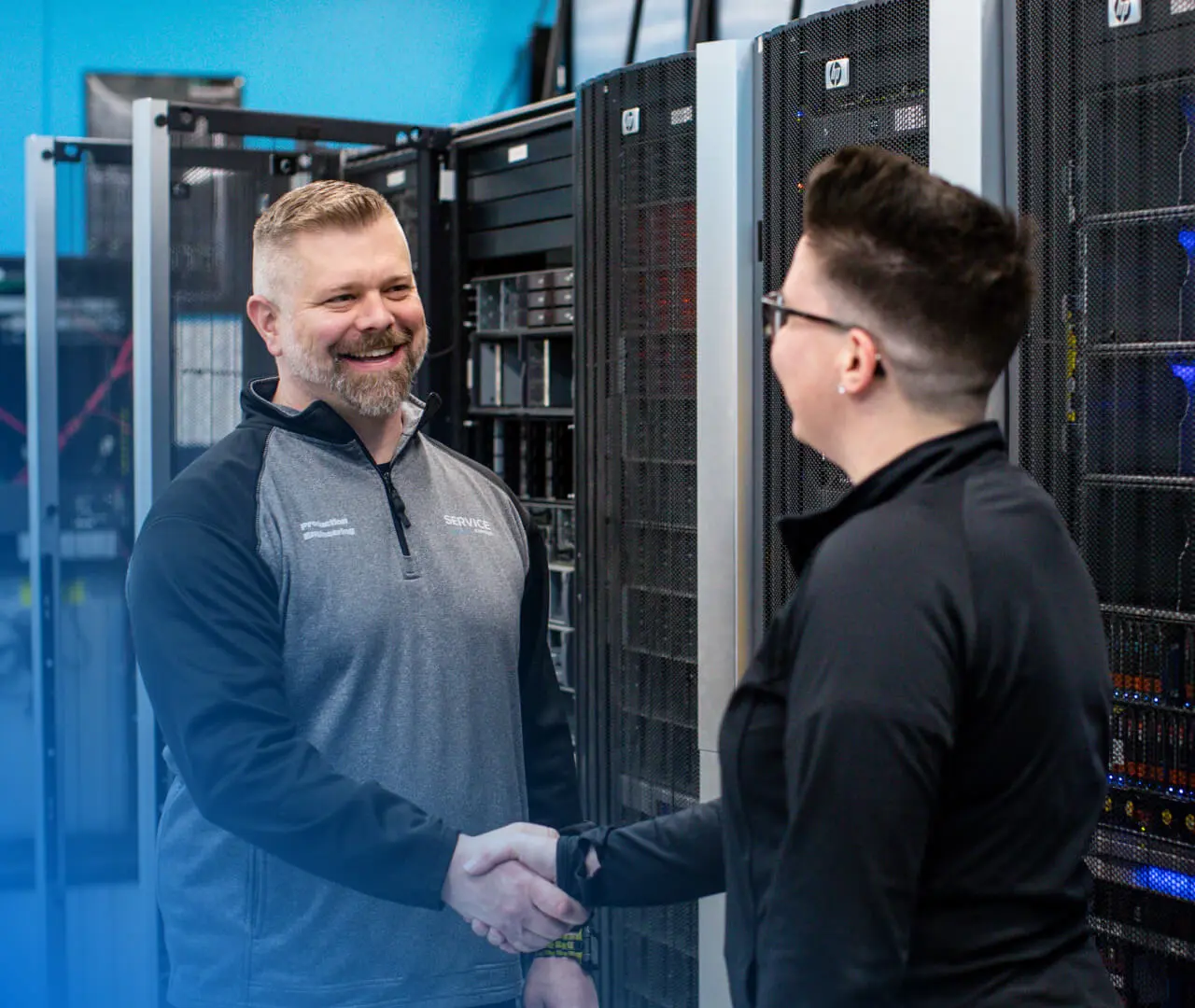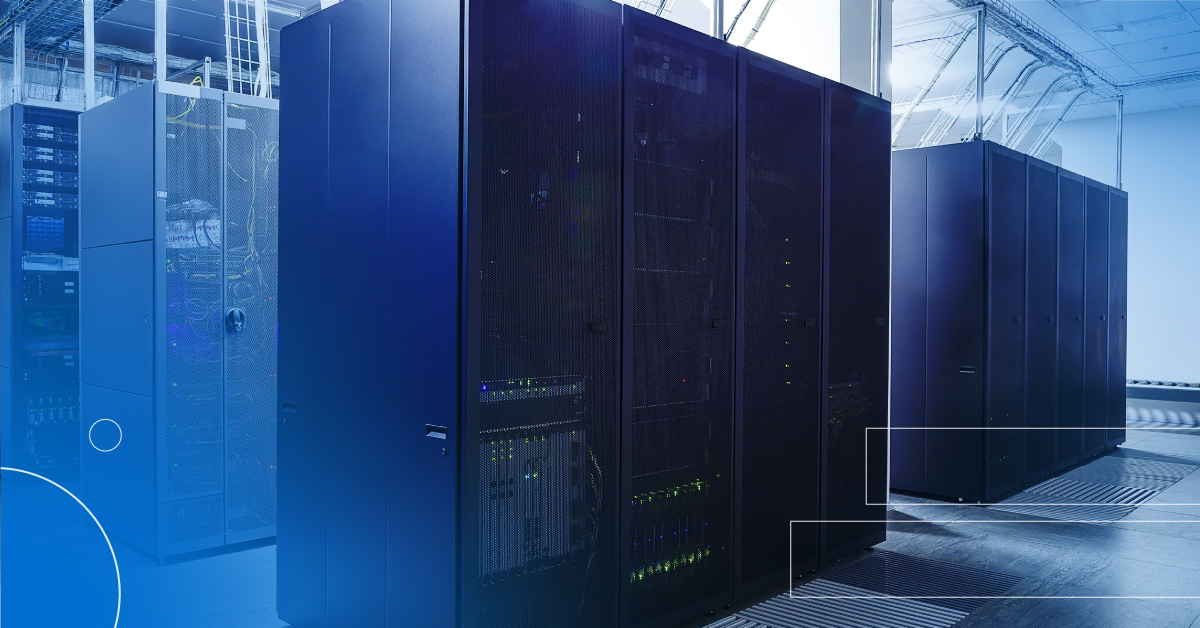You have carefully planned your organisation’s hardware refresh and you’re counting on the advantages that it will bring to your IT department. But now the CFO is pushing back. Is this refresh really necessary? Can you justify this expense? Why does the refresh have to happen this year? All good questions that you have already answered for yourself. However, your directive today is to reduce CapEx and OpEx spending. Let’s evaluate the strategy behind the traditional OEM refresh cycle and identify cost-saving options to consider for your hardware refresh plan.
How to plan for a hardware refresh
- Take a strategic look at your current plan: address infrastructure needs and specific objectives.
- Consider the timing and frequency of your hardware refresh cycle: target disruptive coverage gaps and determine cost-cutting tactics.
- Rethink the 3-year refresh cycle: consider another option from OEM hardware. Compare your options.
- Determine how equipment reliability impacts your refresh decisions through failure rate data.
- Optimise your hardware refresh plan to increase efficiencies and cost savings for your infrastructure strategy.
Can You Postpone Your Hardware Refresh Plan?
What are you trying to accomplish with your refresh? A hardware refresh should be your strategy if it’s the only means of boosting operating efficiency and meeting business demands. For most IT departments, it’s a decision to add capacity, power, speed, comparability and interoperability.
By considering all of your options, you’ll find opportunities to significantly reduce the cost, risk and time associated with a hardware refresh – potentially postponing your hardware refresh altogether.
Keep Pace With Infrastructure Needs
You’ve prioritised a refresh due to business growth, remote workforce demands or a need for new applications. With increased speed and capacity, you are able to meet your performance benchmarks and achieve your business goals.
Address Your Specific Objectives
It’s very possible that an innovative upgrade can get you additional speed or capacity without the cost and time delay required for a complete hardware refresh. Even older systems can benefit from adding newer technologies like solid-state drives or higher throughput I/O cards to boost performance. To save money and effort, connect with a hardware solutions expert to home in on what you can accomplish with strategic upgrades.
Anticipate the Wider Impact
With new equipment comes a degree of complexity and disruption in your data centre. It is important to determine all the upstream and downstream effects that go along with an IT asset refresh. Will it cause the need to change other hardware or patch existing applications or platforms?
If It Ain’t Broke…
If performance isn’t an issue, but your post-warranty costs are skyrocketing, look at your alternatives. Gartner points out that TPM contracts offer customer 50% to 70% savings on net OEM support prices. You don’t have to lock into a three-year refresh cycle with third-party maintenance (TPM) options that include post-warranty, End of Life (EOL) and End of Support Life (EOSL) solutions.
Scheduling Your Hardware Refresh
The timing and frequency of your hardware refresh cycle play a significant role in your infrastructure operations. You can manage the impact on your workload, risk factors and budget in several key ways.
Prepare For Change
You must steer through multiple steps for a successful refresh. Larger IT asset refresh projects require coordination from application, software, facilities and infrastructure teams. You need to ensure there is enough power and connectivity and a well-constructed plan to test the migration of applications. Upon completion, plan for the orderly removal or relocation of the decommissioned systems.
Target Coverage Gaps
Depending on the timing of your refresh, you may need to delay your hardware refresh and keep your existing hardware available for 6-12 months in case a rollback is required. During this transition, you can mitigate risk while preserving OpEx funds using a flexible maintenance agreement and the lower support costs offered by a TPM provider.
Identify Cost-Cutting Measures
Your hardware refresh project was on schedule, but now you’re facing unwelcome budget constraints, causing delays. Time to pivot! You can extend the life of your current equipment (saving CapEx money) and lower your post-warranty support costs (saving OpEx money) with third-party maintenance. As you wait for the IT budget to rebound, you can use your immediate savings towards other infrastructure priorities or staffing needs.
Rethink the 3-Year Refresh Cycle
Pausing and postponing your refresh cycle for one year or more maximises your investment. Using TPM for support provides even greater savings that you can use to help fund your next refresh.
3-Year Refresh Cycle
OEM Maintenance
60 member
PowerEdge x86 Cluster
Refresh 1/3 annually
£715,000 – Equipment
Maintenance Included
£715,000*
Total 6-Year Cost
*For two refreshes
6-Year Refresh Cycle
OEM Maintenance
60 member
PowerEdge x86 Cluster
Refresh 1/6 annually
£358,000 – Equipment
£215,000 – OEM Maintenance
£573,000
Total 6-Year Cost
6-Year Refresh Cycle
Third-Party Maintenance
60 member
PowerEdge x86 Cluster
Refresh 1/6 annually
£358,000 – Equipment
£95,000 – TPM Maintenance
£453,000*
Total 6-Year Cost
Equipment Reliability Impacts Your Refresh Decisions
The popular assumption is that as equipment ages, it begins to break more often, causing production loss, customer issues and downtime. The good news is that most server and storage equipment is highly reliable for over 10 years. Our failure rate data strengthens the long-term outlook for equipment and can alleviate concerns you may have regarding the viability of your data centre equipment’s future performance.
“Drawing from our dataset of over half a million devices over the course of 20 years, we’ve established that failure rates hold steady or even decrease as server and storage equipment outlasts failure assumptions.”
– Jake Blough | Chief Technology Officer at Service Express


Comparing Your Refresh Options
To upgrade data centre performance, speed and capacity, keep an open mind about how you can balance your performance and budget needs.
Don’t Postpone Your Refresh: Stick With The Status Quo
Regardless of your budget or performance realities, OEMs and VARs tend to recommend the newest tech. You can go ahead and purchase the latest and greatest version, knowing that although it’s a hefty CapEx investment, your research shows it’s the right decision for your data centre.
Consider A Recertified Option
There are cost benefits to using a recertified previous or current generation hardware solution. A current generation device is offered in the recertified market since products are in manufacturing for three-plus years. For example, a factory recertified Generation 10 can be purchased for less than a factory sealed Generation 10, with no change in performance or reliability. These alternative solutions cost 30-60% less than a brand new purchase.
Control CapEx & OpEx costs: Discover a Third-Party Option
You will find the most value in combining a recertified hardware option with third-party maintenance coverage. If this solution fits your data centre needs, you lower both your capital investment and your ongoing support costs substantially.
Refresh Planning
Status Quo vs The Alternative
OEM |
TPM |
|
|---|---|---|
| CapEx For Hardware |
|
|
| OpEx For Support |
|
|
| Refresh Cycle |
|
|
Optimise Your Refresh Plan to Increase Efficiencies & Cost Savings
Hardware refreshes and equipment life cycles tie directly to the efficiencies and expenses in your data centre. Your plan should address cost, performance needs, timing and long-term ROI results. Working with both OEM and TPM solutions helps to give you the advantages of new technology when needed, equipment longevity and the control to better manage your CapEx and OpEx costs for a stronger, more flexible infrastructure strategy.




